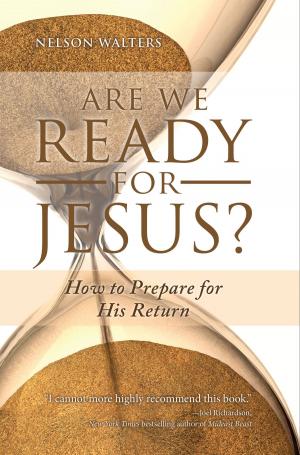Story Crisis, Story Climax 2: What Story Arc in Film Can Teach Novelists
Nonfiction, Health & Well Being, Self Help, Self Improvement, Creativity, Reference & Language, Language Arts, Writing & Publishing, Writing Skills, Reference| Author: | Stephen J. Carter | ISBN: | 9781310920158 |
| Publisher: | Stephen J. Carter | Publication: | May 12, 2015 |
| Imprint: | Smashwords Edition | Language: | English |
| Author: | Stephen J. Carter |
| ISBN: | 9781310920158 |
| Publisher: | Stephen J. Carter |
| Publication: | May 12, 2015 |
| Imprint: | Smashwords Edition |
| Language: | English |
What is the single most important practice of high-volume fiction writers?
They ensure they have a coherent progression of scenes before they start writing. This means shaping the raw events of your story into a compelling list or storyboard of scenes.
What do writing character and writing action have in common?
Basically it's who does what. Both writing character and action happen inside a story arc of problems and decisions from the Inciting Incident to the Crisis. In every case a problem is thrown in the path of the protagonist, who then responds with a decision and action. In a very real sense it is these five problems and decisions that generate the scenes of your novel.
You’ll learn:
* How writing action has the antagonist initiate story conflict in the Inciting Incident (1st problem)
* How writing character has the protagonist commit to the story by her decision in Turning Point 1 (2nd problem)
* How to guide the protagonist to a Midpoint decision (3rd problem) where her attitude and approach, and the story’s theme – all shift profoundly
* How to ramp up the action in Act 2B leading to Turning Point 2 (4th problem), followed by a reversal, the novel's darkest moment
* How to usher the protagonist into the calm before the storm early in Act 3, where the antagonist's rules of the game and what's at stake for the protagonist shift in a last pulse of down momentum before the Crisis hits
* How to catapult story action into the Crisis (5th problem), where the protagonist commits to the endgame against the antagonist, making a life-changing decision that generates the action of the story Climax
* How to alternate momentum direction (fortune and reversal of fortune) and pace momentum speed by clarifying the protagonist's goals and what's at stake if she fails
PRAISE for Story Crisis, Story Climax 2
"'Story Crisis, Story Climax 2' will make a great addition to any author’s reference library, whether you’re a beginning writer or an advanced writer, this book will be a tremendous asset. As novelists, we learn that every word written must move the story forward. The way this book breaks down the scenes of a movie to show how this should be accomplished was an eye opener for me. It’s wonderful to learn something new, or a new way to do something, and 'Story Crisis, Story Climax 2' scores high in both cases." – Creagle
"A great addition to any reference library!"
What is the single most important practice of high-volume fiction writers?
They ensure they have a coherent progression of scenes before they start writing. This means shaping the raw events of your story into a compelling list or storyboard of scenes.
What do writing character and writing action have in common?
Basically it's who does what. Both writing character and action happen inside a story arc of problems and decisions from the Inciting Incident to the Crisis. In every case a problem is thrown in the path of the protagonist, who then responds with a decision and action. In a very real sense it is these five problems and decisions that generate the scenes of your novel.
You’ll learn:
* How writing action has the antagonist initiate story conflict in the Inciting Incident (1st problem)
* How writing character has the protagonist commit to the story by her decision in Turning Point 1 (2nd problem)
* How to guide the protagonist to a Midpoint decision (3rd problem) where her attitude and approach, and the story’s theme – all shift profoundly
* How to ramp up the action in Act 2B leading to Turning Point 2 (4th problem), followed by a reversal, the novel's darkest moment
* How to usher the protagonist into the calm before the storm early in Act 3, where the antagonist's rules of the game and what's at stake for the protagonist shift in a last pulse of down momentum before the Crisis hits
* How to catapult story action into the Crisis (5th problem), where the protagonist commits to the endgame against the antagonist, making a life-changing decision that generates the action of the story Climax
* How to alternate momentum direction (fortune and reversal of fortune) and pace momentum speed by clarifying the protagonist's goals and what's at stake if she fails
PRAISE for Story Crisis, Story Climax 2
"'Story Crisis, Story Climax 2' will make a great addition to any author’s reference library, whether you’re a beginning writer or an advanced writer, this book will be a tremendous asset. As novelists, we learn that every word written must move the story forward. The way this book breaks down the scenes of a movie to show how this should be accomplished was an eye opener for me. It’s wonderful to learn something new, or a new way to do something, and 'Story Crisis, Story Climax 2' scores high in both cases." – Creagle
"A great addition to any reference library!"















